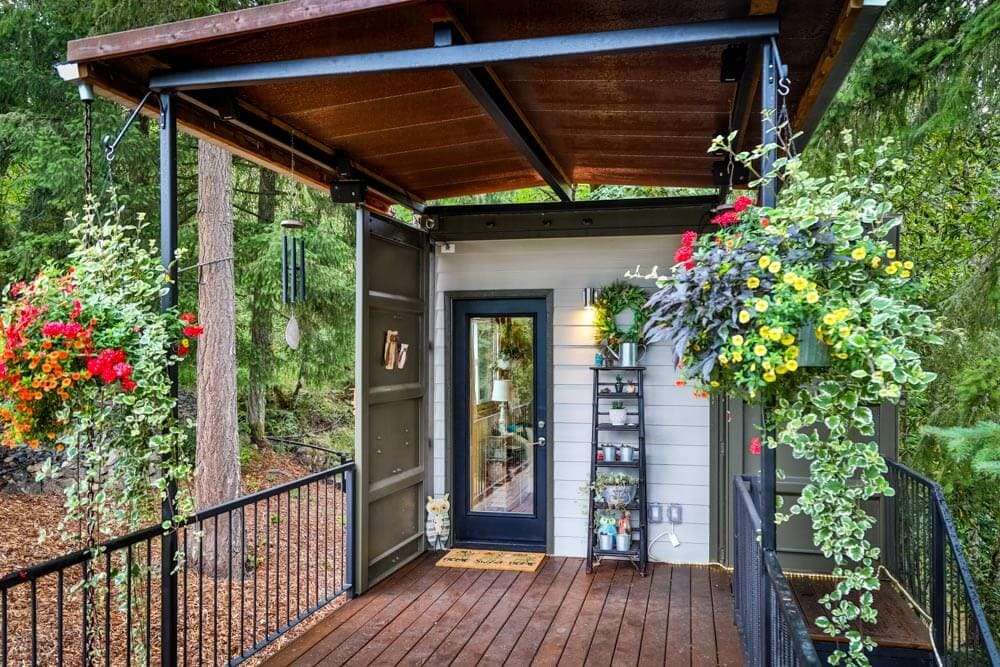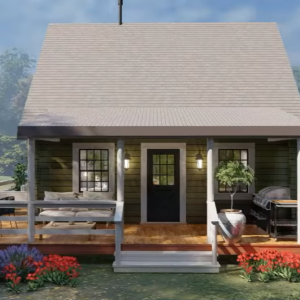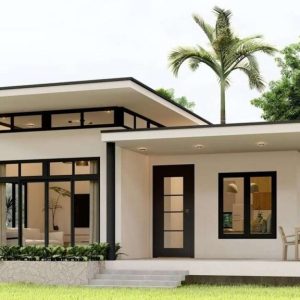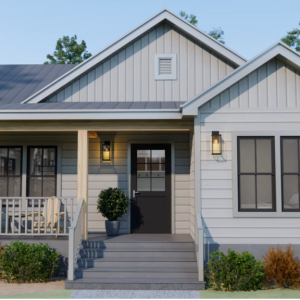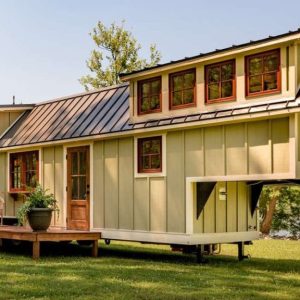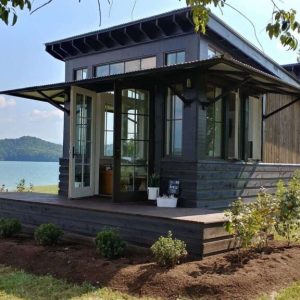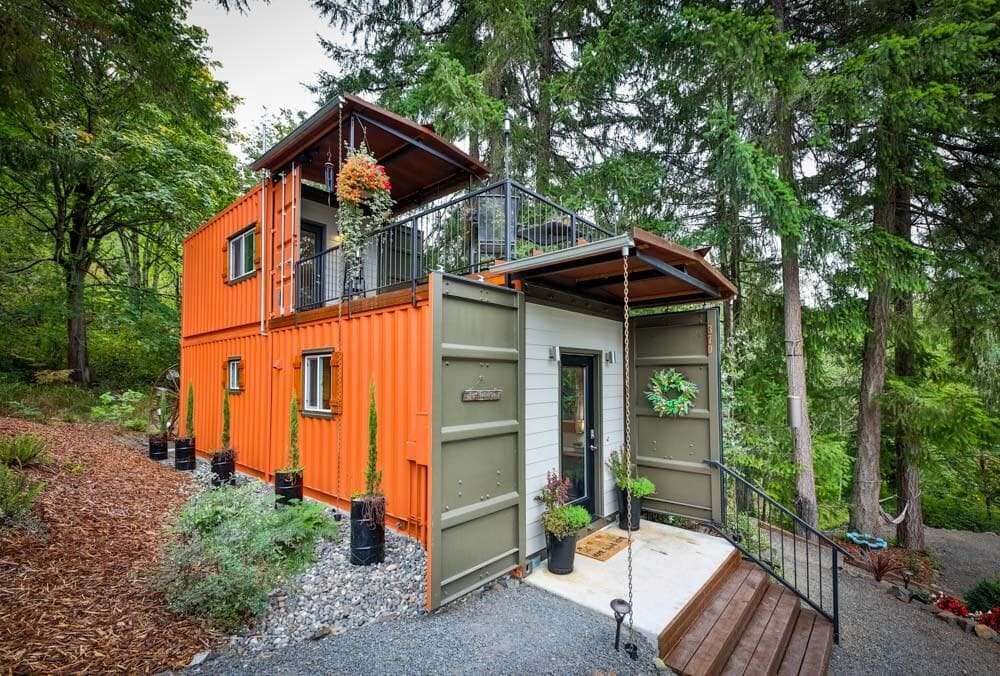
The transformation of shipping containers into homes begins with the recycling of unused containers on the fringes of cities. These containers are generally long-lasting and durable, so they are ideal for reuse. Also, the modular nature of the containers makes it easy to customize in different sizes and shapes in house construction.

The transformation process consists of several stages. First, the container is cleaned and, if necessary, repaired. Then there is collaboration with architects and interior designers to decide on the design of the interior. Facade changes, insulation, and making it resistant to environmental conditions should also be considered.
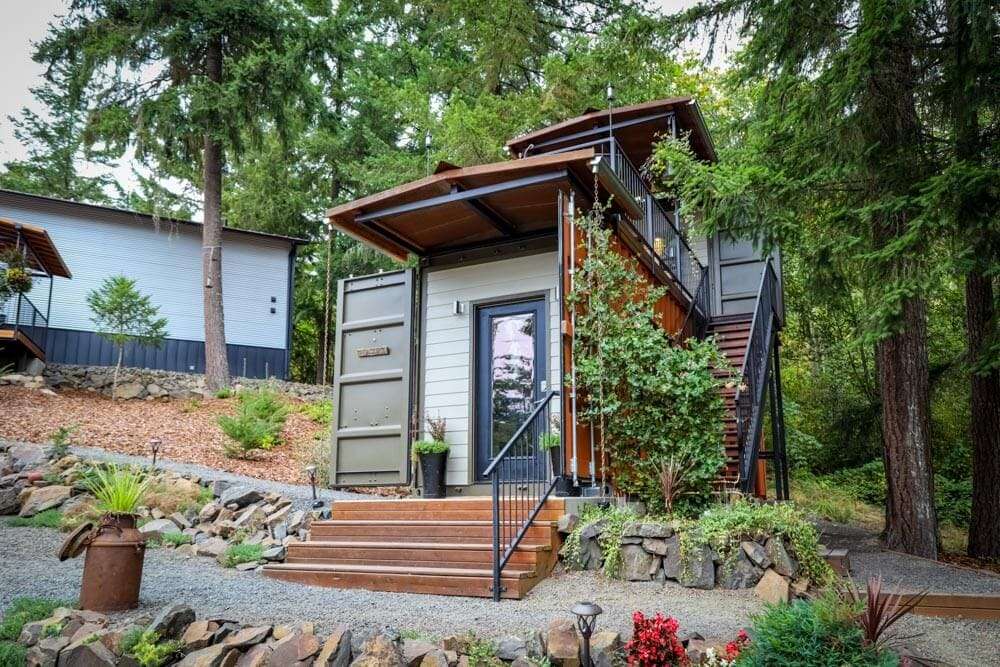 During the conversion of the container, renewable energy sources such as solar panels, wind turbines, or energy-efficient devices can be integrated to increase energy efficiency. Rainwater harvesting systems can be used to conserve water and zero-waste principles can be applied. Another advantage is that converted container houses are movable. That is, they can be moved to another place when needed. This can be especially appealing for those living in rural areas as it offers the opportunity to move to different places to enjoy the natural beauty.
During the conversion of the container, renewable energy sources such as solar panels, wind turbines, or energy-efficient devices can be integrated to increase energy efficiency. Rainwater harvesting systems can be used to conserve water and zero-waste principles can be applied. Another advantage is that converted container houses are movable. That is, they can be moved to another place when needed. This can be especially appealing for those living in rural areas as it offers the opportunity to move to different places to enjoy the natural beauty.
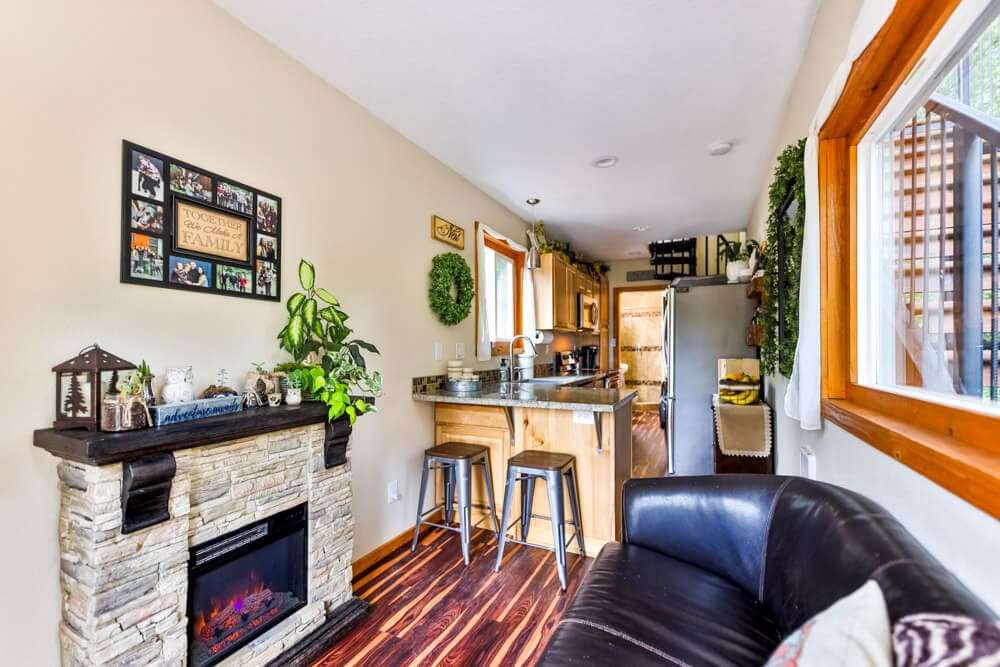 The use of container houses is economical as well as environmentally friendly. Compared to traditional residences, construction costs are lower and it saves time and effort. In addition, such houses save energy and water, contributing to keeping costs low in the long run. Flexibility, which is the most striking feature of container houses, offers their owners the freedom to design according to their tastes and needs. They can be decorated in a modern, minimalist, rustic, or different style. In addition, the interior arrangement can be personalized taking into account the local climate and lifestyle.
The use of container houses is economical as well as environmentally friendly. Compared to traditional residences, construction costs are lower and it saves time and effort. In addition, such houses save energy and water, contributing to keeping costs low in the long run. Flexibility, which is the most striking feature of container houses, offers their owners the freedom to design according to their tastes and needs. They can be decorated in a modern, minimalist, rustic, or different style. In addition, the interior arrangement can be personalized taking into account the local climate and lifestyle.
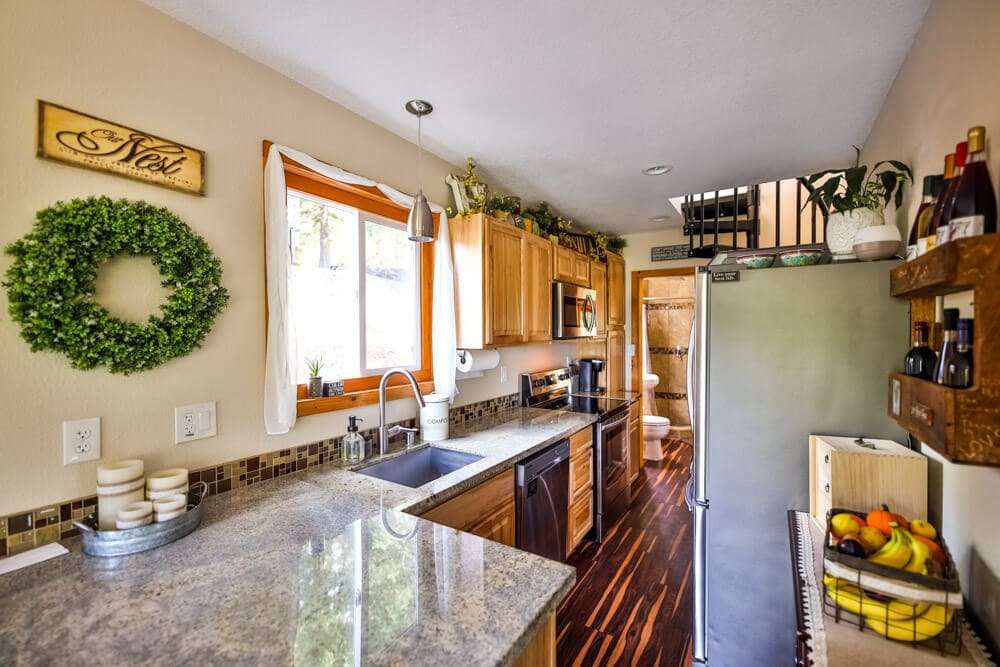 Such houses can be used not only as residences but also as cafes, offices, studios, guest houses, or accommodations for travelers. Therefore, it also offers opportunities for different businesses. However, container houses also have some difficulties. You may have to comply with local building and regulatory laws, especially in residential areas. In some regions, conversion projects may require certain permits and controls.
Such houses can be used not only as residences but also as cafes, offices, studios, guest houses, or accommodations for travelers. Therefore, it also offers opportunities for different businesses. However, container houses also have some difficulties. You may have to comply with local building and regulatory laws, especially in residential areas. In some regions, conversion projects may require certain permits and controls.
